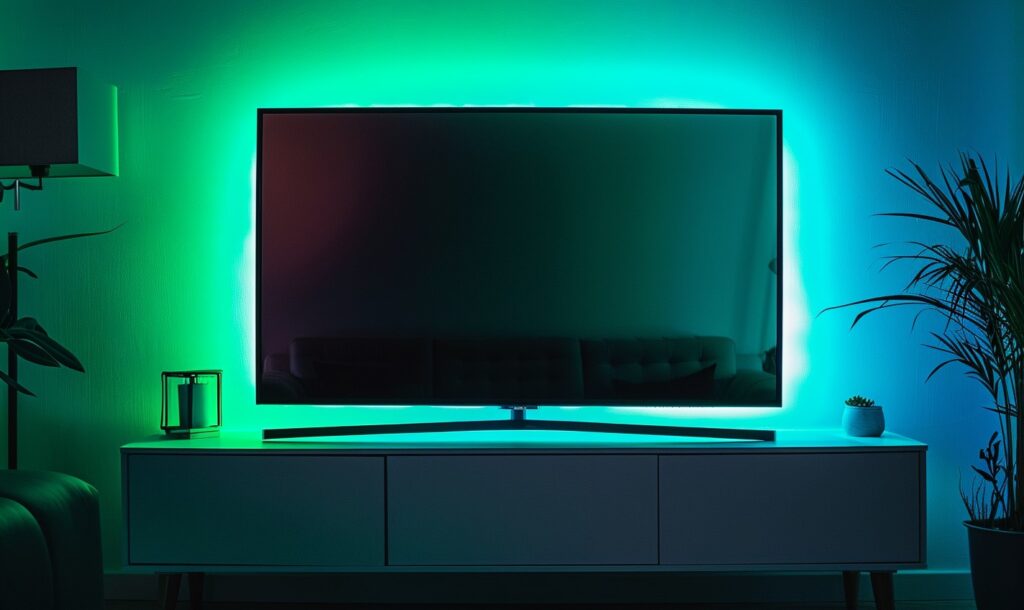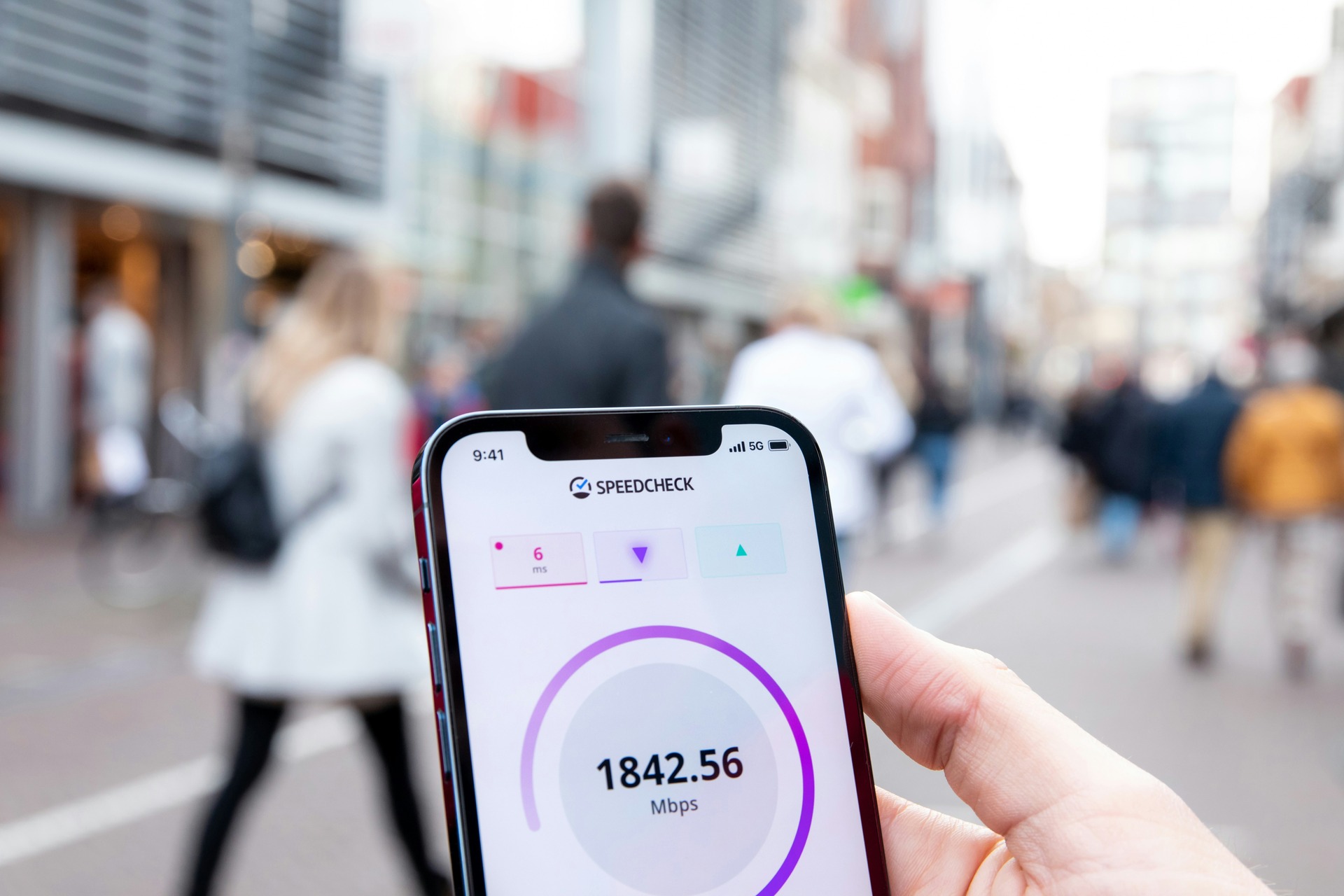The iPhone is considered the pinnacle of smartphones. An estimated 1 billion people use iPhones, showing how much the phone has transformed the tech industry.
Whether we use them to communicate with friends or family, for entertainment or business purposes, we expect them to work correctly at all times. iPhones have become an essential part of daily life for many people, and it’s rare to have issues with the smartphone.
While the iPhone is prone to water damage and cracked screens, for example, one problem people run into is the phone turning on and off in what seems to be an infinite loop. It can be frustrating to deal with this issue — it makes using the phone near to impossible.
Let’s explore why you sometimes experience your iPhone turning on and off and some workable solutions you can use to fix the issue once and for all.
The Dreaded Reboot Loop
Essentially, if your iPhone continues to go through a power cycle whenever you try to turn it on or use it, you’re likely suffering from the dreaded reboot loop. While it may be possible to fix this problem on your own, it’s always suggested that you visit the Genius Bar at an Apple store as a final resort so that an Apple technician can identify and fix the problem.
If your iPhone keeps shutting down without you being the one to power it down, there’s likely a reason why this keeps happening. No iPhone user wants to deal with chronic issues that make using their iPhone impossible, but it can happen.
For users experiencing the dreaded reboot loop, there are reasons why this may be happening, and thankfully, there are some at-home solutions you can use to get the problem squared away.
Let’s see what could cause this problem for some users.
Reasons Why the iPhone is Shutting Down
Your iPhone should not be turning on and off on its own without good reason. Typically, there is an internal issue that is causing this to occur.
Here are some of the reasons why your iPhone may be powering down on its own:
- Faulty apps
- Water damage
- Hardware issues
- Software update failure
- Malware
- Inconsistent driver
- Battery issues
Apple introduced a new battery health feature into its iPhone settings a couple of years back. It’s wise to check the battery health feature to help you identify where the root of the problem lies.
For example, suppose your iPhone shuts down when your battery reaches 30%. This is a telltale sign that your battery may need to be replaced. Apple has faced some backlash for battery issues before, so you’re in good company if you’re dealing with these issues. Be sure to check the battery health setting, so you know if the battery needs to be replaced.
However, some simple fixes may solve this problem, so try them out before making an Apple support appointment.
Solutions to the On/Off Issue
It’s key to follow the steps listed below if you experience your iPhone turning on and off. These steps will help you get your iPhone back up and running as usual.
Method 1: Perform a Hard Reset
Hard resets often fix many iPhone issues, as it’s a tried and true method. Remember that a hard reset on an iPhone does not mean turning it off and back on again. There are three steps you must take when performing a hard reset on an iPhone. Each iPhone model is different, but Apple’s support page shows you how to perform the reset on all types of models on the market.
For an iPhone X or newer model, press the volume up button and the volume down button. The last step is to press the power button and hold it for at least 20 seconds, or until you see an Apple logo appear on the screen. The goal would be for the issue to go away after using this method, but continue reading to learn more steps to resolve the on/off problem.
Method 2: Update to the Latest iOS Version
It’s always suggested to keep your operating system updated regularly. Every software update comes with a slew of security updates that can protect your phone from bugs and other security issues. If you’re able to get onto your phone before it shuts down on its own, be sure to update to the latest version of iOS.
Apple released iOS 15 in September and works on most iPhone models. To update your iOS, visit Settings > General > Software Update. The phone will walk you through updating the software, and it should only take a couple of minutes.
Method 3: Make App Updates and Uninstall Unused Apps
Like updating the operating system, making regular updates to any apps is crucial for any iPhone user. The two reasons to keep apps updated are reliability and security. You can also turn on automatic updates, which will keep apps up to date without you having to do it every time manually.
It’s also a good time to consider deleting any unused or unwanted apps from your phone. If you don’t use them regularly, there’s no reason to keep them on your phone, and they likely take up unnecessary storage space. Delete unwanted apps and update any apps you use in this step to try and resolve the issue. If that does not work, move on to the next step.
Method 4: Restore to Factory Settings
Another tried and true method to fixing various iPhone issues, including the phone turning on and off, is performing a factory reset. It’s key to remember that a factory reset will make it seem like a brand new iPhone. There will be no personal data, and all of your settings will be deleted in the restoration process. It would be like taking the iPhone out of its original box.
Before performing a factory reset, be sure to backup to iCloud. It’s key to store a backup of your data on iCloud, so you don’t need to set up the iPhone as a new device once the restoration process is complete.
Follow the steps below to reset your iPhone:
- Visit Settings.
- Tap General.
- Tap Reset.
- Click Erase All Content and Settings, and tap to confirm.
After this process, the iPhone should restart as new and have no data on it. If you prefer, you can set this up as a new device, but it will likely be quicker and simpler to restore an old backup.
Method 5: Drain iPhone Battery and Recharge
Another method that has worked for some iPhone users is to let the battery completely drain on the iPhone before plugging it in or using wireless charging to charge it. Allow your iPhone battery to drain completely, and then plug it in until it is fully charged at 100%.
It’s a general rule of thumb that letting an iPhone die can help keep the battery lasting longer. This method has worked wonders for iPhone users and has been used to resolve a myriad of issues.
Method 6: Contact Apple Support
After you’ve exhausted all of the options listed above, your last resort should be to contact Apple Support. Thankfully, Apple Support is known to resolve many iPhone issues for customers and has proven to be a useful service. If you have an AppleCare plan, you may not need to pay a dime for the repair if it’s covered.
In some cases, you may need to pay some price upfront, especially if your battery needs to be replaced. It’s common for iPhone users to upgrade their batteries during the lifecycle of using their iPhones.
If the on/off problem keeps occurring, the iPhone likely has some type of hardware damage, and you’ll need to get it repaired by a technician. You can also call 1-800-MY-APPLE to request a mail-in replacement or repair. Apple makes it convenient for customers to have these types of issues resolved.
Should You Fix This Problem Immediately?
It’s wise to nip any problems in the bud before they get worse, as leaving issues alone could cause even more issues for you. Hardware problems, which could include chips, the motherboard, conducting wires and the battery, tend to worsen if not taken care of urgently.
Aside from the methods listed above, some iPhone users have used another software to fix the on/off issue. The software is called Tenor Reiboot, and it’s considered an iPhone recovery and repair software. Reiboot allows users to choose a standard or deep repair, which will solve many issues similar to the on/off problem.
Reiboot is an easy-to-use software with a user-friendly interface. Keep in mind that the software has a free option to enter recovery mode with a single click. The paid version offers more features to repair the phone, so you may want to pay for the software to fix the phone rather than buy a brand new one.
Like any device, circuits can fail and batteries die, so this isn’t an iPhone issue that should keep you up at night. Try all of the methods listed above. If all options fail, consider bringing your iPhone to an Apple store and making an appointment at the Genius Bar. The problem should not continue once a technician can diagnose the problem.
Solve the On/Off Issue With Your iPhone
While it is uncommon for iPhones to experience major issues, it can and does happen. Being stuck in what seems like an infinite reboot loop can cause iPhone users to feel frustrated and stressed.
Thankfully, before you run and make an appointment at the Apple store to fix your iPhone turning on and off, try using some of the methods above. Hard resets generally fix minor issues on the iPhone, and resetting all settings to restore the phone to factory settings is also a good trick. Any iPhone user can use these methods, as it only requires a few steps.
Recent Stories
Follow Us On
Get the latest tech stories and news in seconds!
Sign up for our newsletter below to receive updates about technology trends














